Equipment
Review: Callaway XR 16 Sub Zero driver
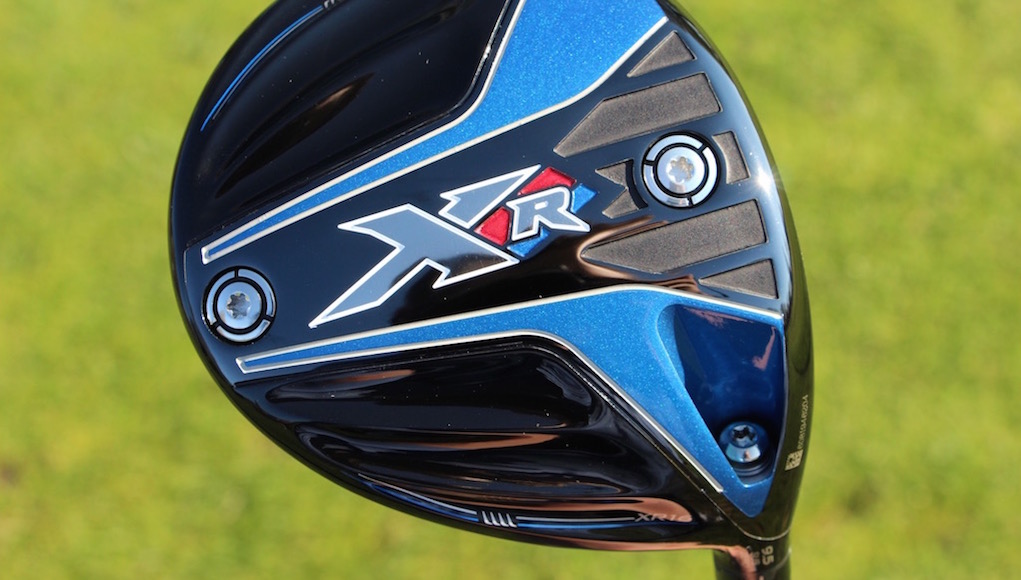
Pros: Like other ultra low-spin drivers, Callaway’s XR 16 Sub Zero has huge distance potential for high-spin, high-speed golfers. Adjustable weights allow golfers to fine tune CG location. No upcharge for premium shafts.
Cons: Compared to Callaway’s other XR 16 drivers, the Sub Zero lacks forgiveness. Bad mishits can produce head-scratching trajectories. Available in only one loft (9.5 degrees), and for righties only.
Who it’s for: This a niche product for better golfers. If you miss the center of the club face with any consistency, give one of the other XR 16 drivers, or Callaway’s Great Big Bertha a try.
The Review
Callaway extended its line of XR 16 drivers with the new XR 16 Sub Zero, which was designed for high-spin players, from Phil Mickelson to gifted amateurs. It measures 440 cubic centimeters, and uses a new Carbon Triax Crown to lower center of gravity (CG), ultimately placing it below the neutral axis line, or “Sub Zero,” according to the company. Here’s what that looks like as a graphic:
Related: Learn more about the technology in the Sub Zero.
As you probably know by now — whether it’s from our stories or the TV commercials — Callaway and Boeing teamed up to create a line of aerodynamic drivers, coming to fruition in the XR 16 and XR 16 Pro drivers. On those drivers, there are “Speed Steps” on the crown, which allow air to flow tighter against the club head to help golfers swing faster.
Although Callaway’s new XR 16 Sub Zero driver was given the “XR 16” name, it wasn’t given the Speed Steps, which weren’t able to be added because of the Sub Zero’s lightweight Carbon Triax crown, according to a Callaway representative. The XR 16 platform still makes branding sense for the Sub Zero, though. While it has two adjustable weights, it’s much more similar to Callaway’s XR 16 and XR 16 Pro than it is the company’s Great Big Bertha and Big Bertha Alpha 816 drivers, which use complex adjustability systems.
Think of the three different XR drivers this way:
- XR 16 (460 cc): Maximum forgiveness, highest ball flight.
- XR 16 Pro (450 cc): Medium forgiveness, medium ball flight
- XR 16 Sub Zero (440 cc): Least forgiveness, lowest ball flight.
In terms of looks and feel, the Sub Zero is also noticeably different than its XR 16 brethren. Its crown is glossy rather than matte, and it has no graphics or sight lines on its crown. At impact, the sound is also much more dense; it makes a crunch, rather than a higher-pitched ting like the XR 16 and XR 16 Pro. The Sub Zero does have a similar head shape to the XR 16 Pro, albeit 10cc smaller. To my eye, the Sub Zero looks clean and compact at address, more so than the XR 16 Pro and much more so than the XR 16.
Related: GolfWRX 2016 Gear Trials, The Best Drivers in Golf
The Sub Zero ($449.99) will create a disproportionate interest in the golf equipment world because of its use by tour players. In reality, though, it’s a highly limited release that targets the top echelon of better golfers. It’s only offered in one loft (9.5 degrees) and available for right-handed golfers only.
The Sub Zero does have an adjustable hosel that allows golfers to switch the loft to 8.5, 10.5 or 11.5 degrees, however, and each loft can be paired with a neutral or upright lie angle setting, which expands the target audience. It should also be noted that the Sub Zero has a slightly flatter lie angle at address than the other XR 16 drivers, which many better players prefer, as it creates more fade bias.
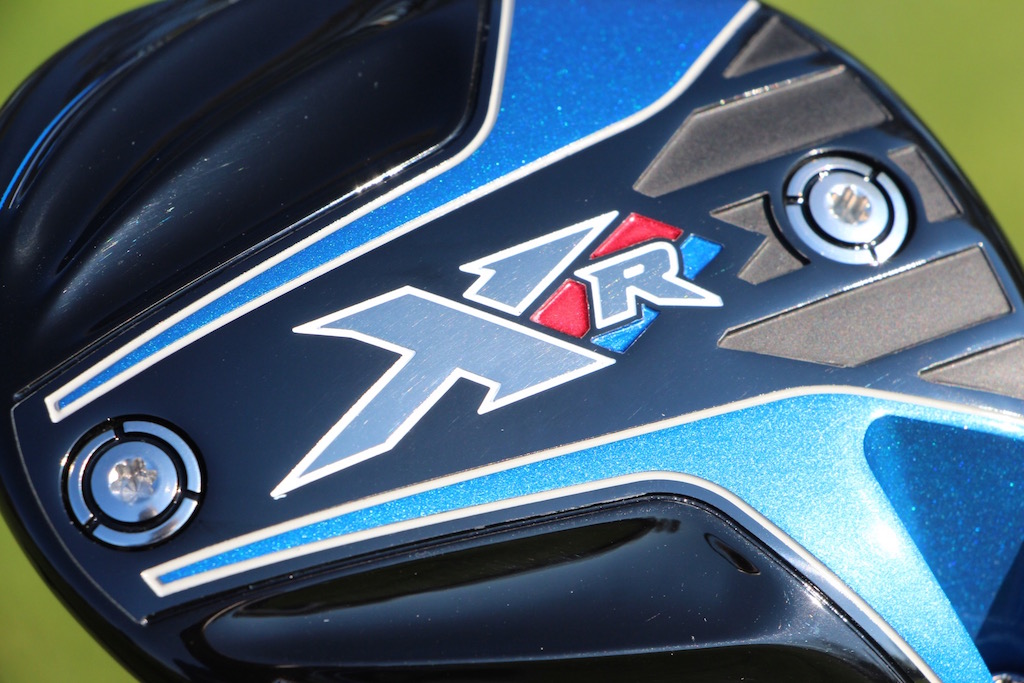
The Sub Zero has two interchangeable weights (2 and 10 grams) to help golfers fine-tune trajectory and spin.
For those who fit the “high-speed, high-spin, right-handed” mold, the Sub Zero lowers spin as well as any club on the market, and has a nice fade bias that may greatly benefit those whose miss is a hook. If you hit the center of the club face consistently and you’re fighting a hook, this may be the driver for you. An added perk is that Callaway is offering golfers their choice of 20 different premium shafts with purchase, which you can view here.
The Test
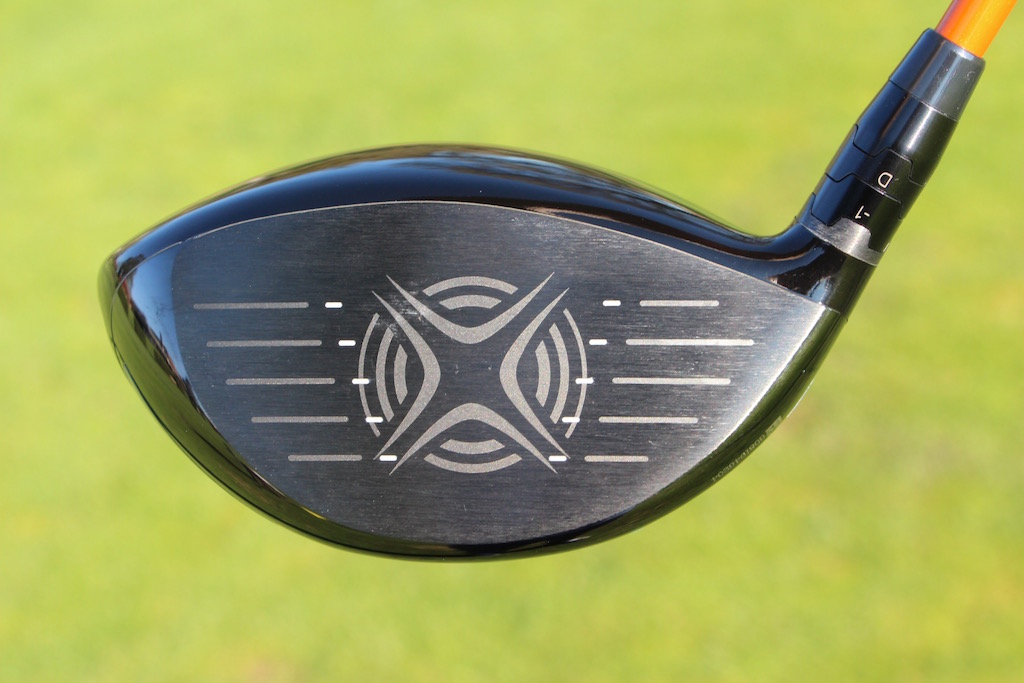
The Sub Zero has what is called a “deep,” or tall club face, which is preferred by many better players. Its club head measures 440cc.
I tested the Sub Zero against the only other club on the market hovering at the neutral axis line, Cobra’s King LTD, which is said to boast a “Zero CG.” And I hit it against the XR 16 and XR 16 Pro drivers, too. Each of the drivers were set to 9.5 degrees with the same shaft; a Graphite Design Tour AD-DI 7X.
The test was performed at The Launch Pad at Carl’s Golfland in Bloomfield Hills, Mich., with Trackman. After deleting outliers, I averaged the results of three drives with each club. The data was normalized, and premium golf balls were used. For those of you curious, I am a 1-handicap, former college golfer coming off a winter of not hitting many range balls.
Observations
- Callaway XR 16’s draw-bias was noticeable and effective. As someone who fights a hook, however, this was not ideal.
- XR 16 and XR 16 Pro felt very light compared to the other drivers, which may explain the boost in club head speed. Or maybe the Speed Steps did have a positive effect on club speed?
- Callaway’s XR 16 Sub Zero, with the weight in the forward position, was the second-lowest spinning driver in the test just behind Cobra’s King LTD.
- XR 16 Pro was nearly as low-spinning as the Sub Zero, but provided more forgiveness and more launch and height.
- The forward setting in the Sub Zero was noticeably fade-biased, and produced the most fade spin of any driver in the test.
- The highest balls speeds were produced by the XR 16 (168.7 mph) and the Sub Zero in the forward setting (164.7 mph).
It must be noted that these numbers do not tell the entire story. For example, with the XR 16 Pro, I had zero outliers. The club was extremely easy to hit, despite it having nearly the same profile as the Sub Zero.
Want another opinion? Here’s what Rick Shiels has to say
With the Sub Zero, on the other hand, I had numerous outliers, and my mishits were squirrelly at best: low hooks, low slices, high pushes, etc. It was ugly at times, but when I hit it on the screws, the Sub Zero was possibly the best performing driver of the bunch. Cobra’s King LTD didn’t seem to offer any more forgiveness than the Sub Zero, and had just as many outliers. Zero, or below zero CG is not for the weak-hearted, apparently.
I’ll admit, I’m probably not consistent enough to play the Callaway XR 16 Sub Zero. I certainly can see why there’s a need and demand for it, as it does a phenomenal job knocking down spin, but it’s definitely demanding from a ball-striking standpoint. Maybe it would be a better fit after a summer of hitting tour-sized buckets of balls. If I were playing in a tournament tomorrow, I would take the XR 16 Pro driver to the first tee.
The Takeaway
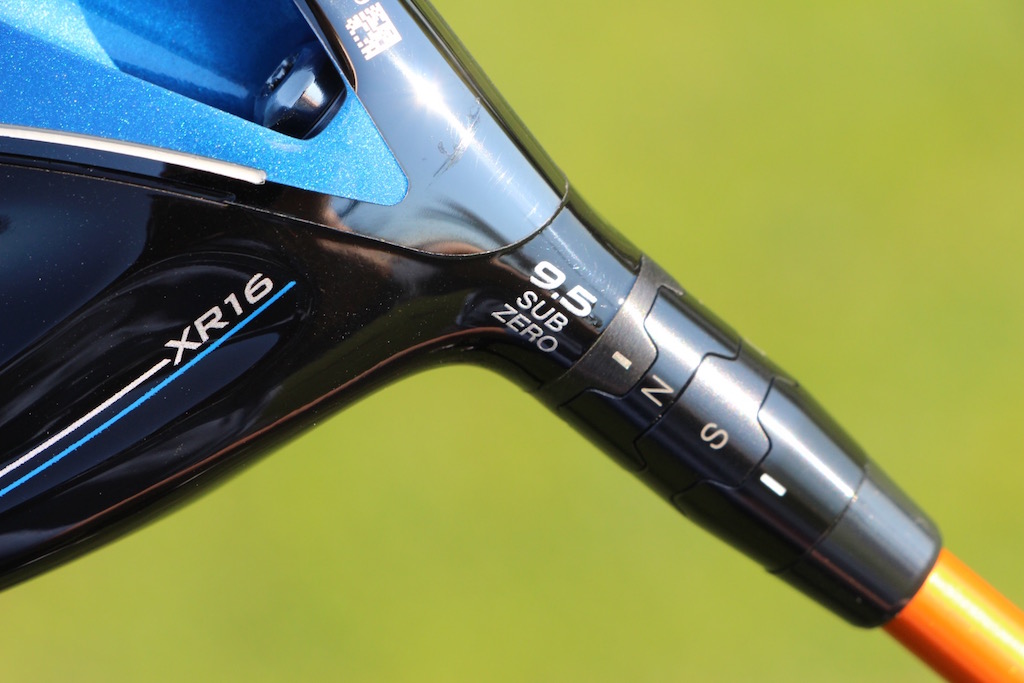
The Sub Zero is available in one loft (9.5 degrees) and for right-handed golfers only. It is adjustable to 8.5, 10.5 or 11.5 degrees.
If you tried the XR 16, XR 16 Pro or Great Big Bertha drivers from Callaway, and just can’t seem to lower your spin rates, the XR 16 Sub Zero could be an answer. When you catch one on the screws, it’s one of the lowest spinning drivers you’ll ever hit. Its lack of forgiveness makes me cautious to suggest this club to anyone that plays to higher than a scratch handicap, however. That being said, the Sub Zero plays the role it’s meant to play quite nicely. And it looks fantastic, and feels like most better golfers want their driver to feel: muted and solid.
Tour players, accomplished amateurs and big hitters will fall in love with this club. Weekend golfers, this one just probably isn’t for us.
[wrx_retail_links productid=”84″]
- LIKE70
- LEGIT13
- WOW5
- LOL3
- IDHT2
- FLOP2
- OB1
- SHANK21
Whats in the Bag
Rasmus Højgaard WITB 2024 (April)
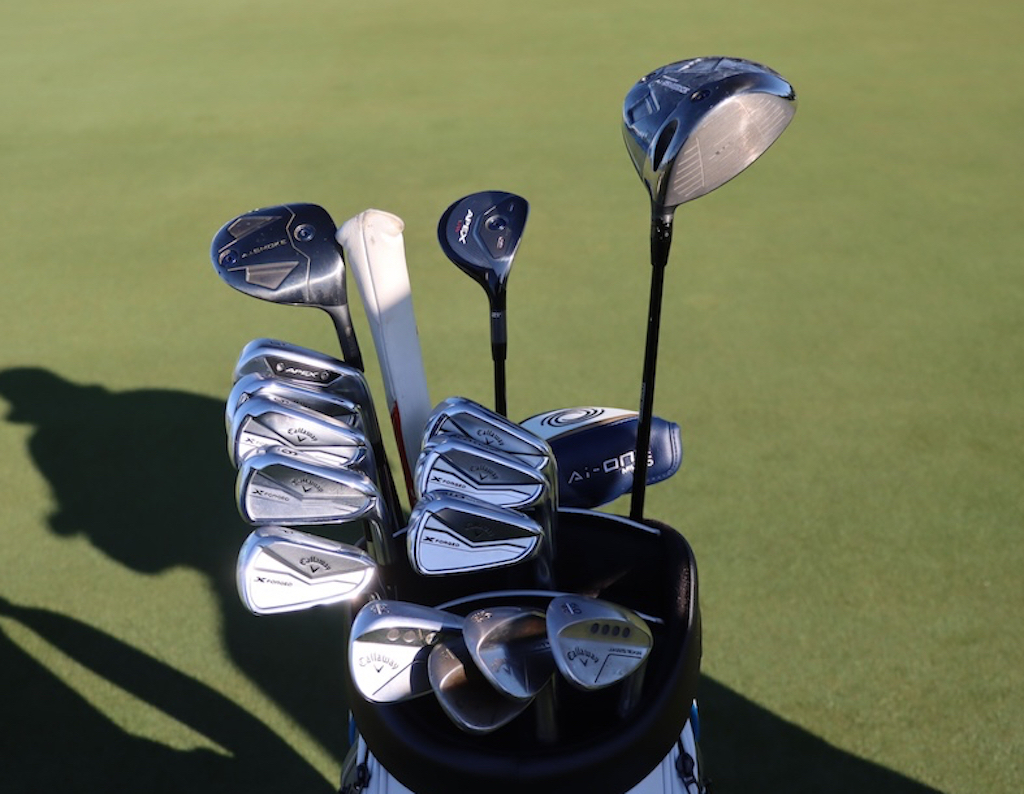
- Rasmus Højgaard what’s in the bag accurate as of the Zurich Classic.
Driver: Callaway Ai Smoke Triple Diamond (10.5 degrees)
Shaft: Mitsubishi Tensei 1K Blue 60 TX
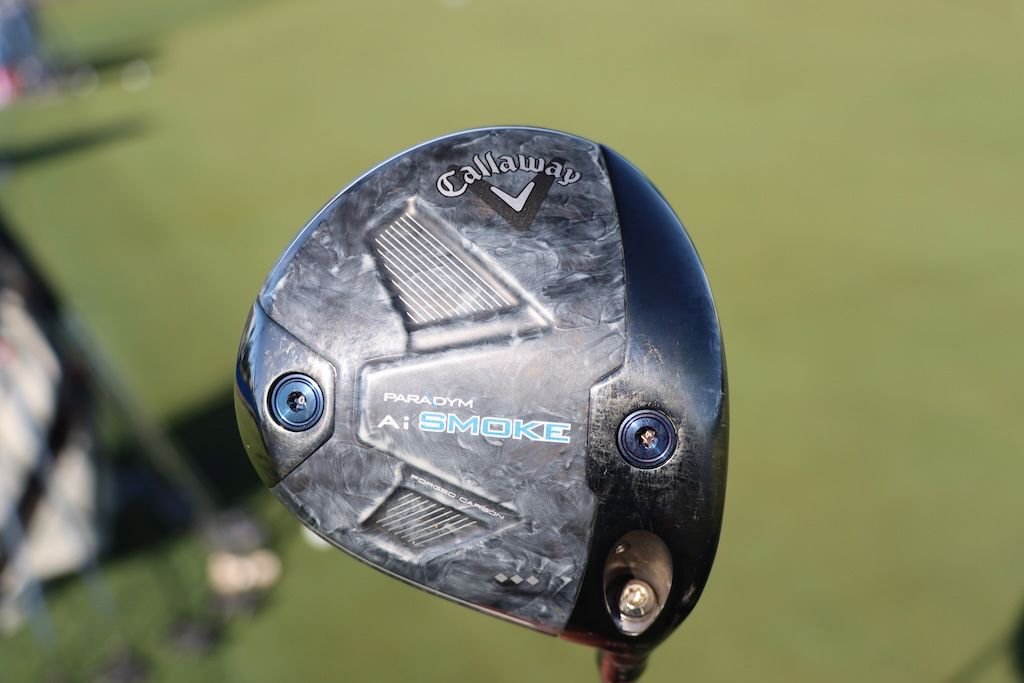
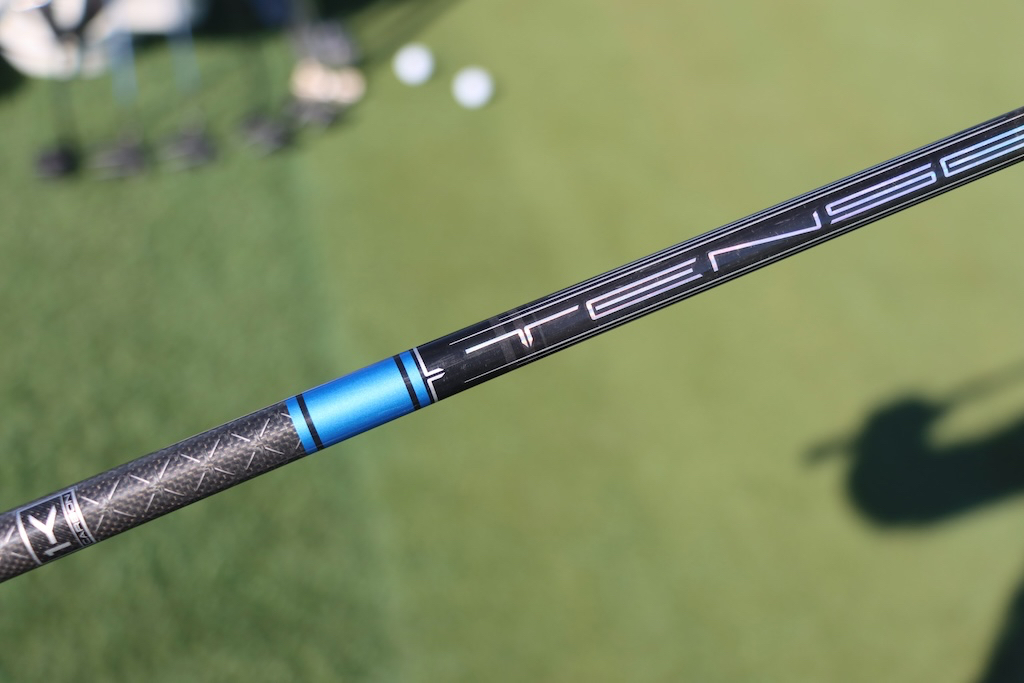
3-wood: Callaway Ai Smoke Triple Diamond Prototype (16.5 degrees)
Shaft: Mitsubishi Tensei 1K White 80 TX
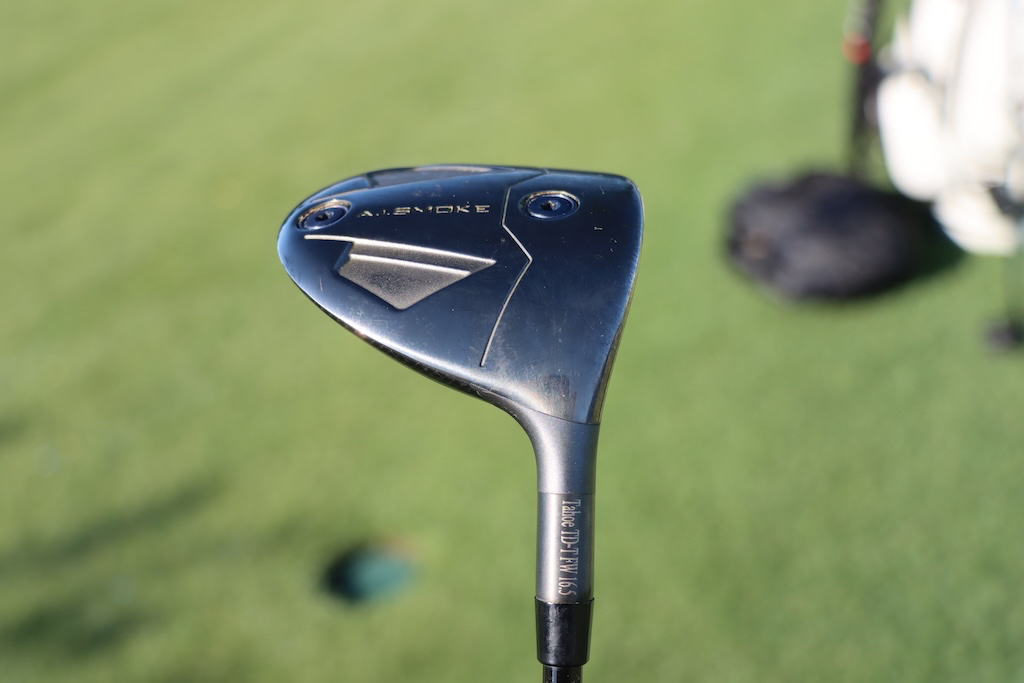
Utility: Callaway Apex UW (21 degrees)
Shaft: Mitsubishi Tensei AV Raw White 85 TX
Irons: Callaway Apex Pro (3), Callaway X Forged (4-PW)
Shafts: KBS $-Taper 130
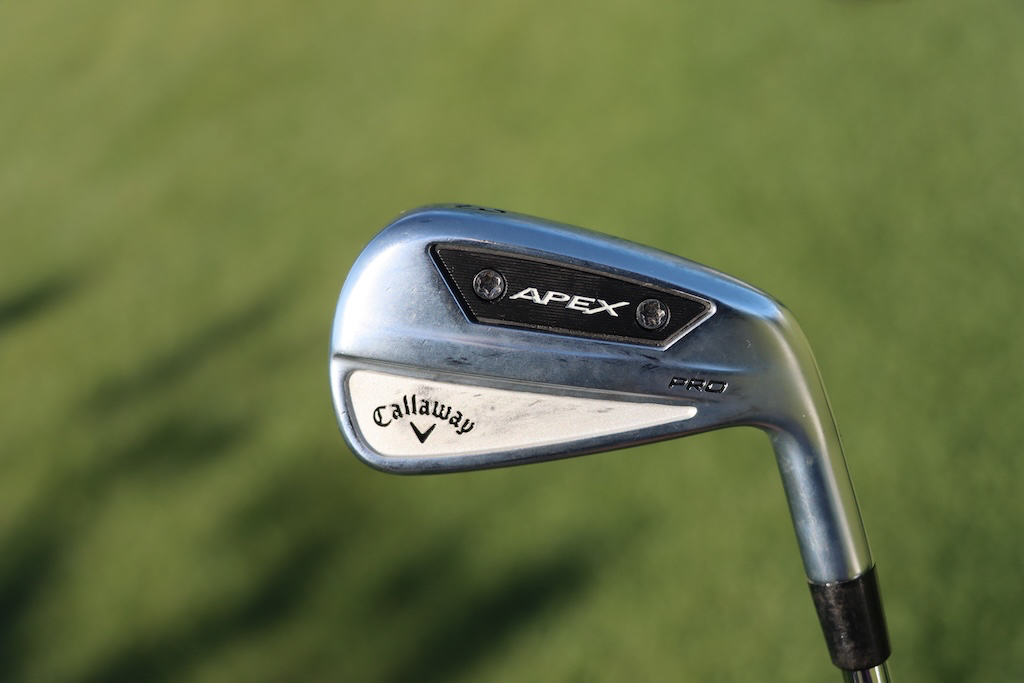
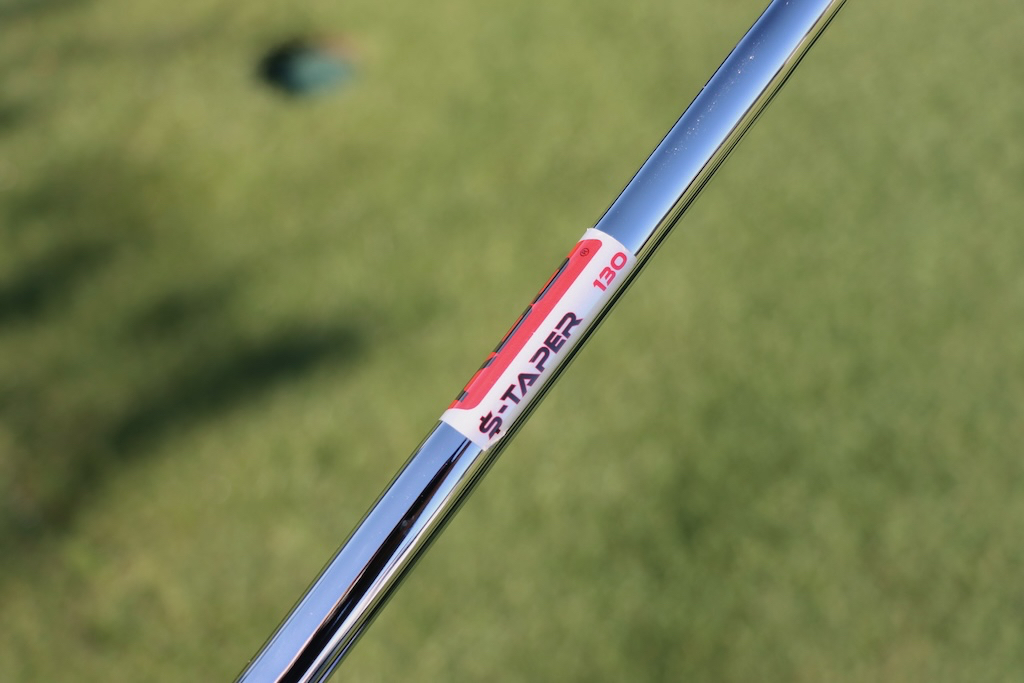
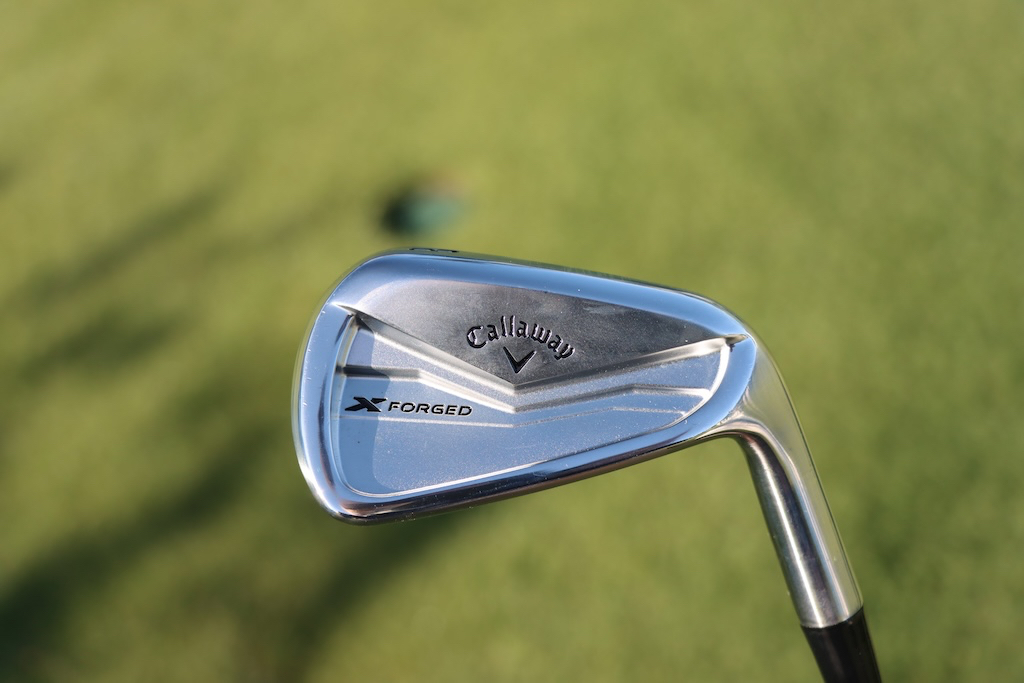
Wedges: Callaway Jaws Raw (52-10S, 56-10S, 60-06C)
Shafts: KBS Tour 130 X
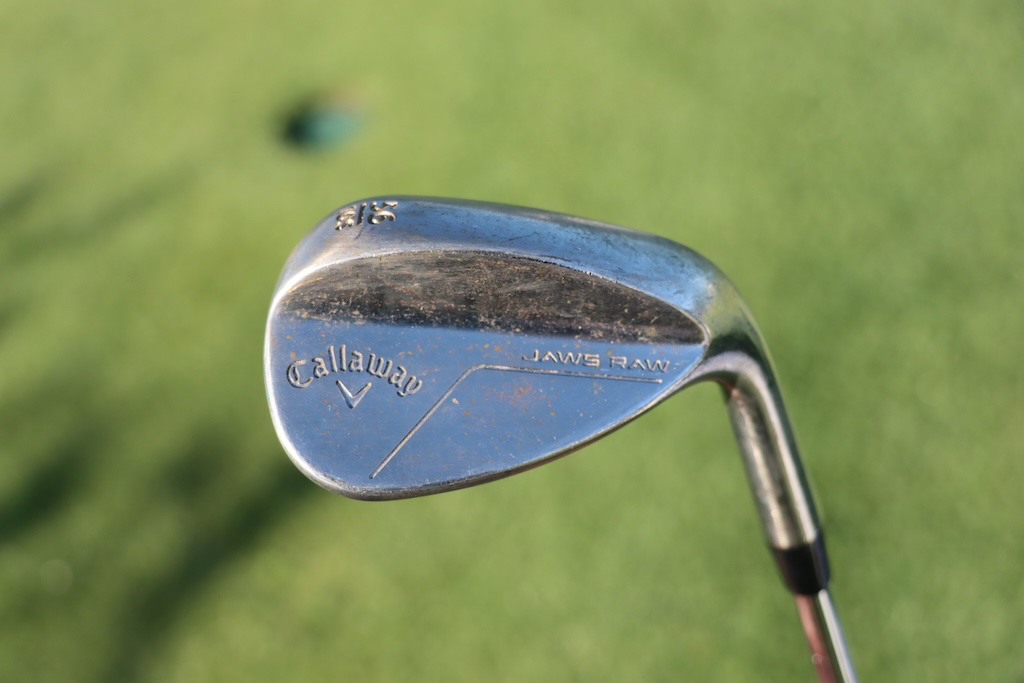
Putter: Odyssey Ai One Milled Eight T DB
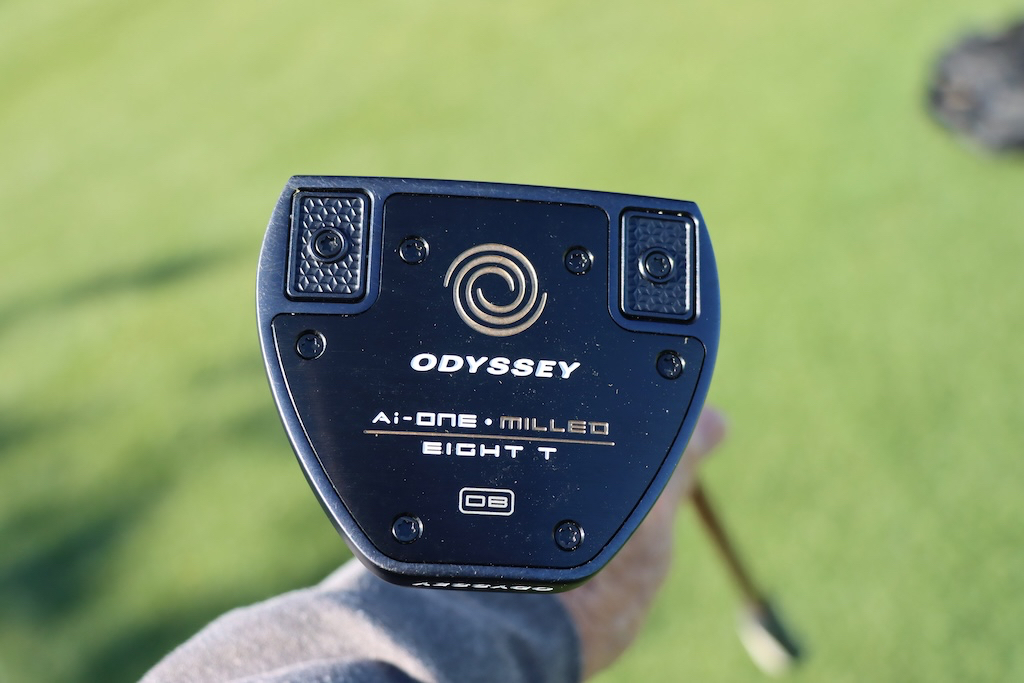
Grips: Golf Pride MCC
Check out more in-hand photos of Hojgaard in the forums.
- LIKE0
- LEGIT0
- WOW0
- LOL0
- IDHT0
- FLOP0
- OB0
- SHANK0
Whats in the Bag
Rory McIlroy WITB 2024 (April)
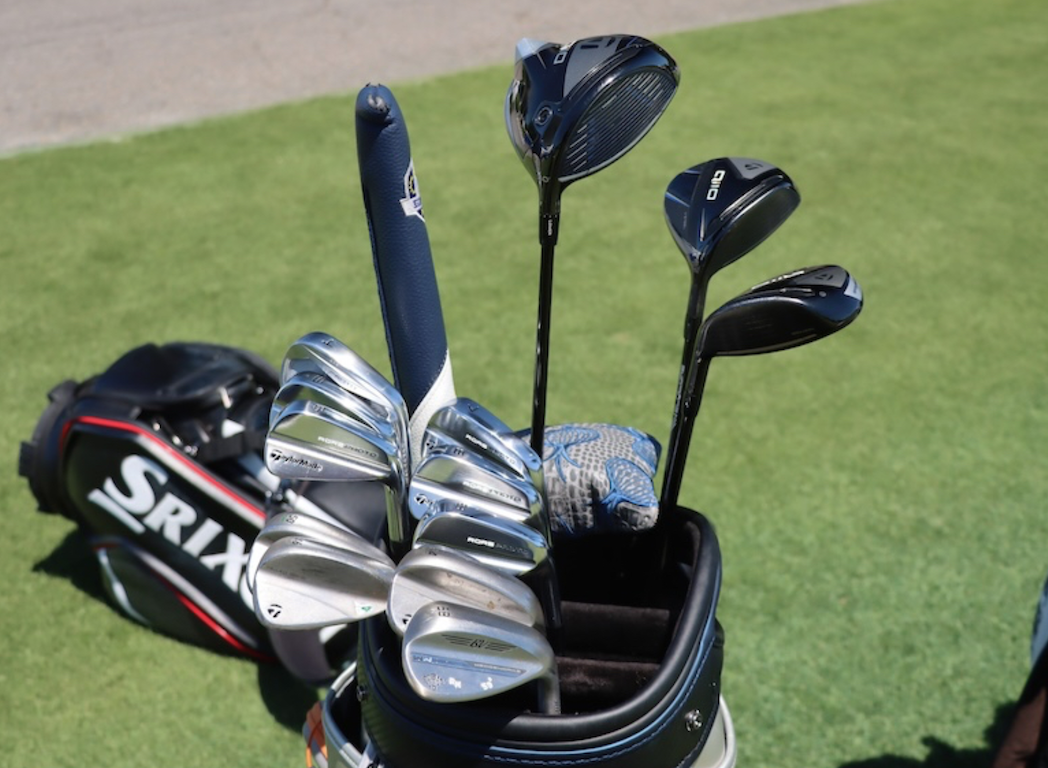
- Rory McIlroy what’s in the bag accurate as of the Zurich Classic.
Driver: TaylorMade Qi10 (9 degrees)
Shaft: Fujikura Ventus Black 6 X
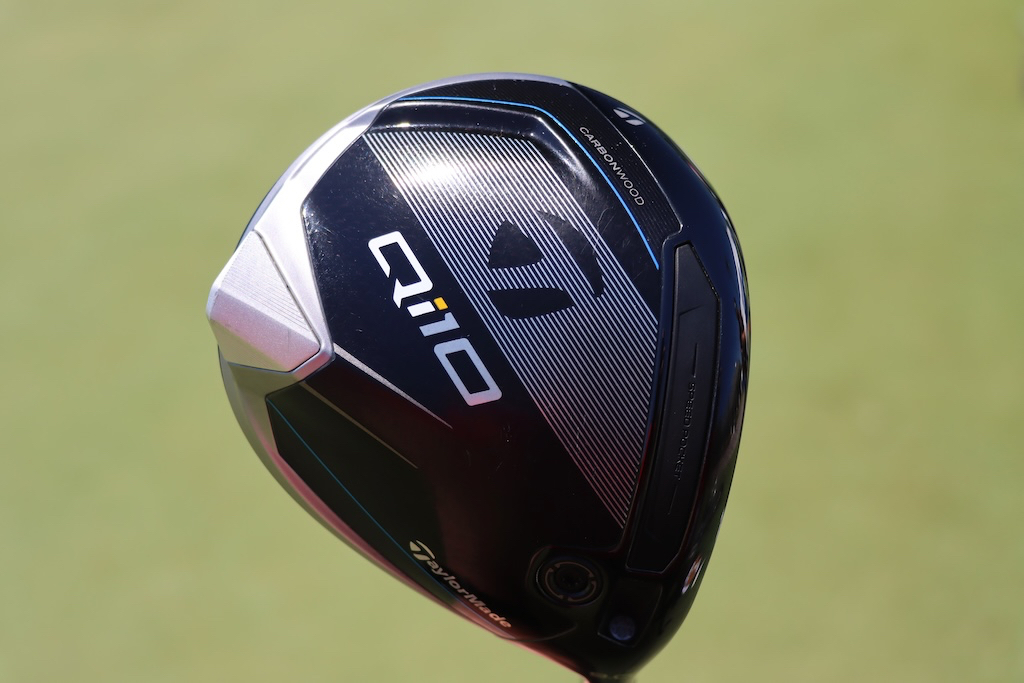
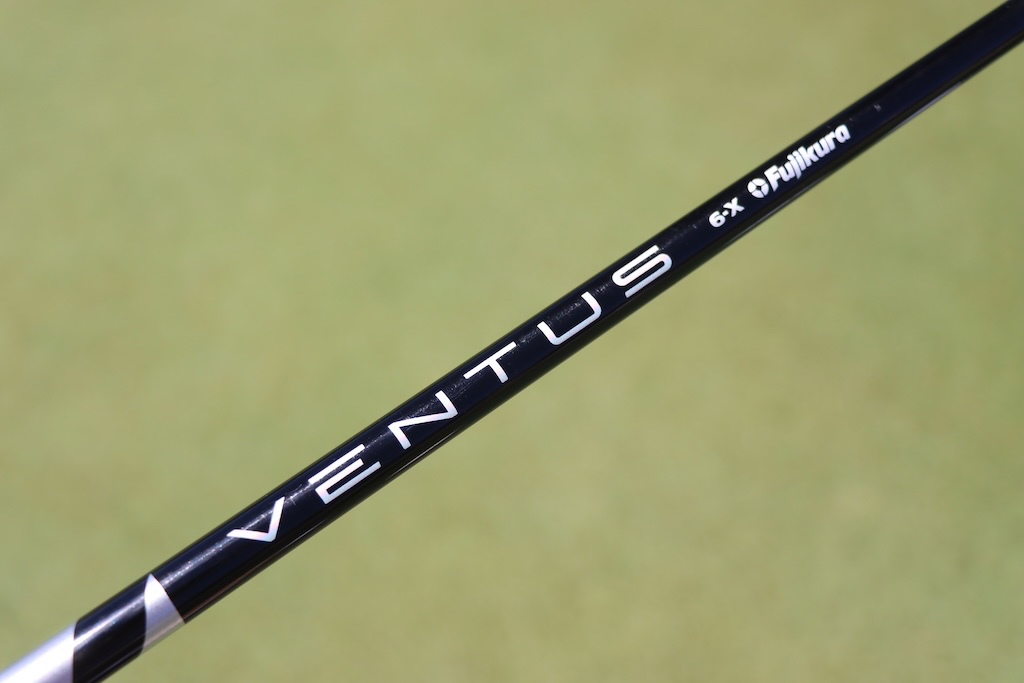
3-wood: TaylorMade Qi10 (15 degrees)
Shaft: Fujikura Ventus Black 8 X
5-wood: TaylorMade Qi10 (18 degrees)
Shaft: Fujikura Ventus Black 9 X
Irons: TaylorMade Proto (4), TaylorMade Rors Proto (5-9)
Shaft: Project X 7.0 (4-9)
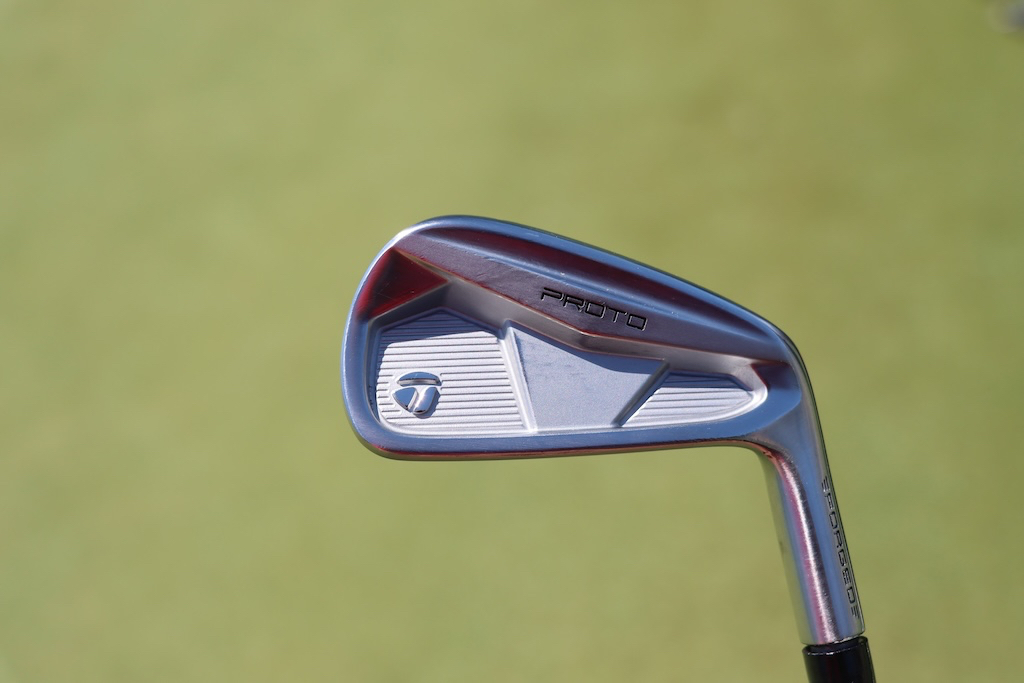

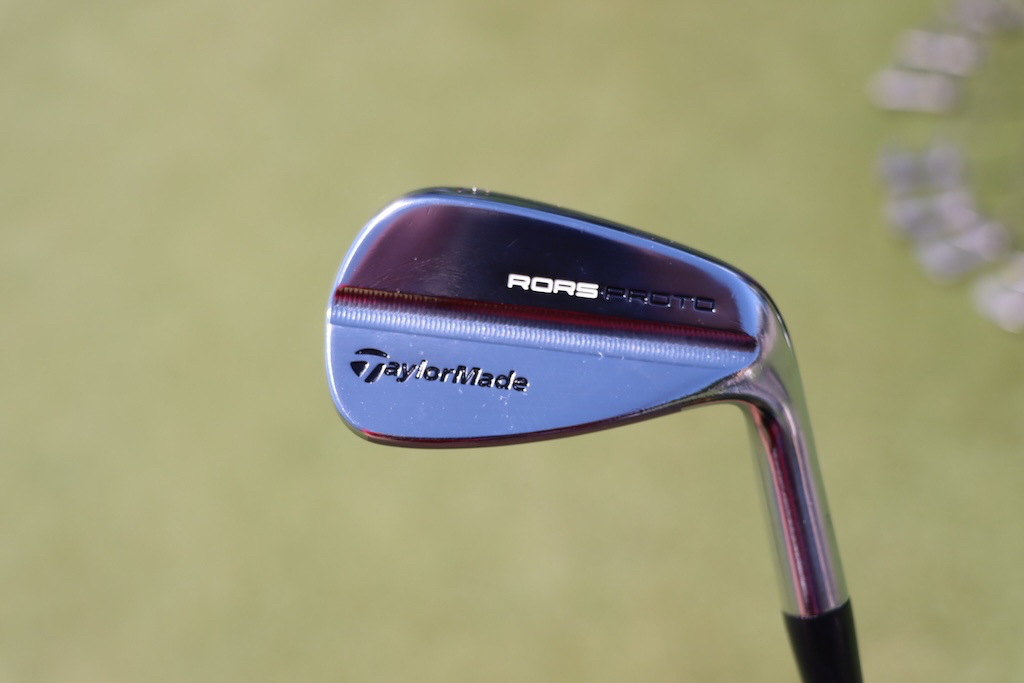
Wedges: TaylorMade MG4 (46-09SB, 50-09SB, 54-11SB), Titleist Vokey Design WedgeWorks (58-K @59)
Shafts: Project X 6.5 (46-54), Project X 6.5 Wedge (60)
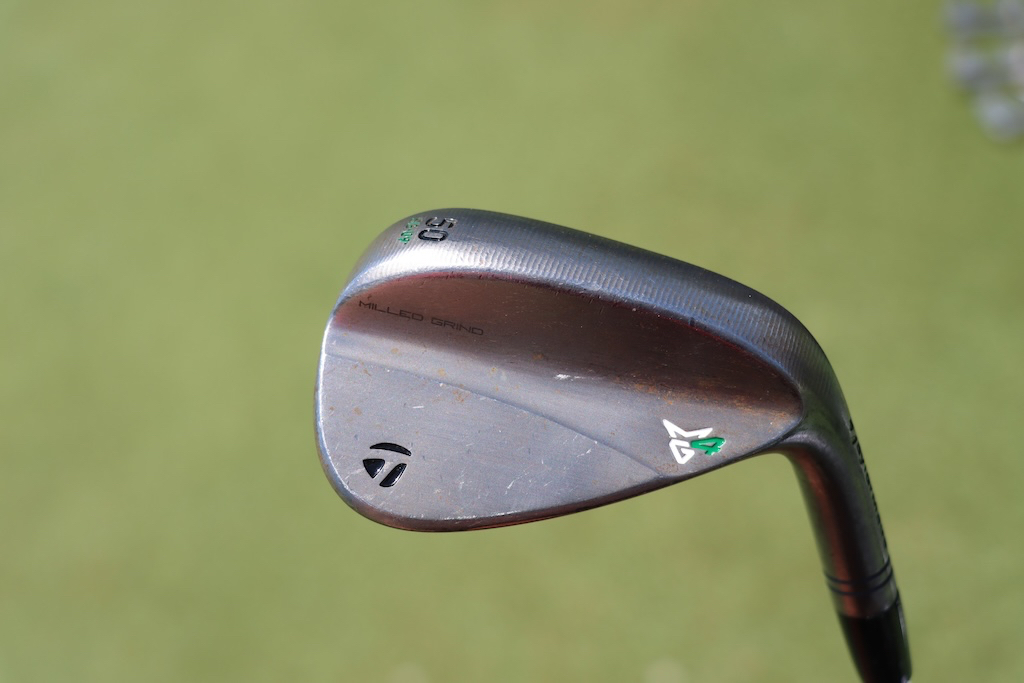
Putter: TaylorMade Spider Tour X3
Grip: SuperStroke Zenergy Pistol Tour
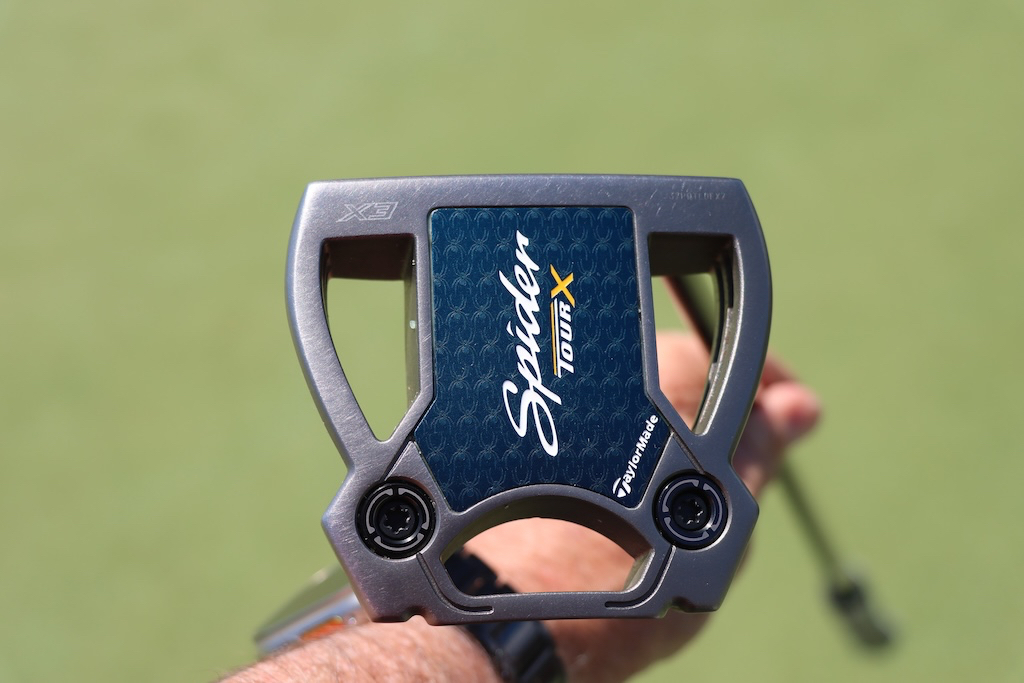
Ball: 2024 TaylorMade TP5x
Grips: Golf Pride MCC
Check out more in-hand photos of Rory McIlroy’s WITB in the forums.
- LIKE2
- LEGIT0
- WOW0
- LOL0
- IDHT0
- FLOP0
- OB0
- SHANK1
Equipment
Spotted: Nate Lashley’s Ping PLD “Wolverine” putter
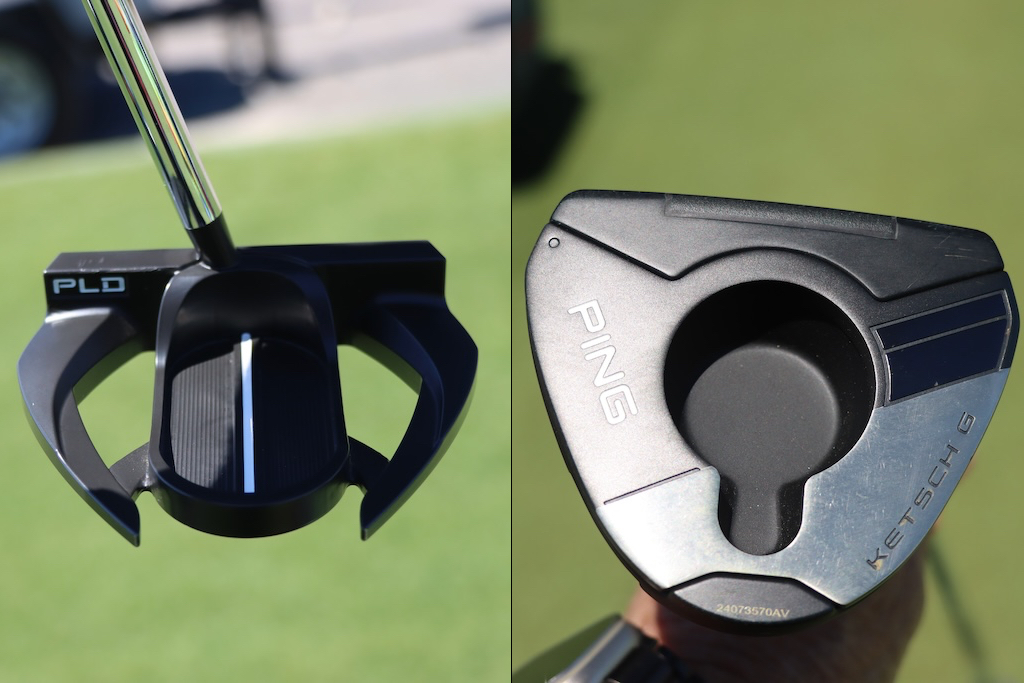
Ping PLD putters have been a very common site on profesional tours. Pros seem to gravitate toward the PLD line’s custom options and precision milling. We have seen the PLD line expanded over the years, but we haven’t seen too many, if any, large mallets.
This week we spotted a PLD putter in Nate Lashley’s bag that has a similar look to the old Ping Wolverine head shape. This putter is a large mallet with the famous “claws” on the outside and oval center that housed the alignment aid.
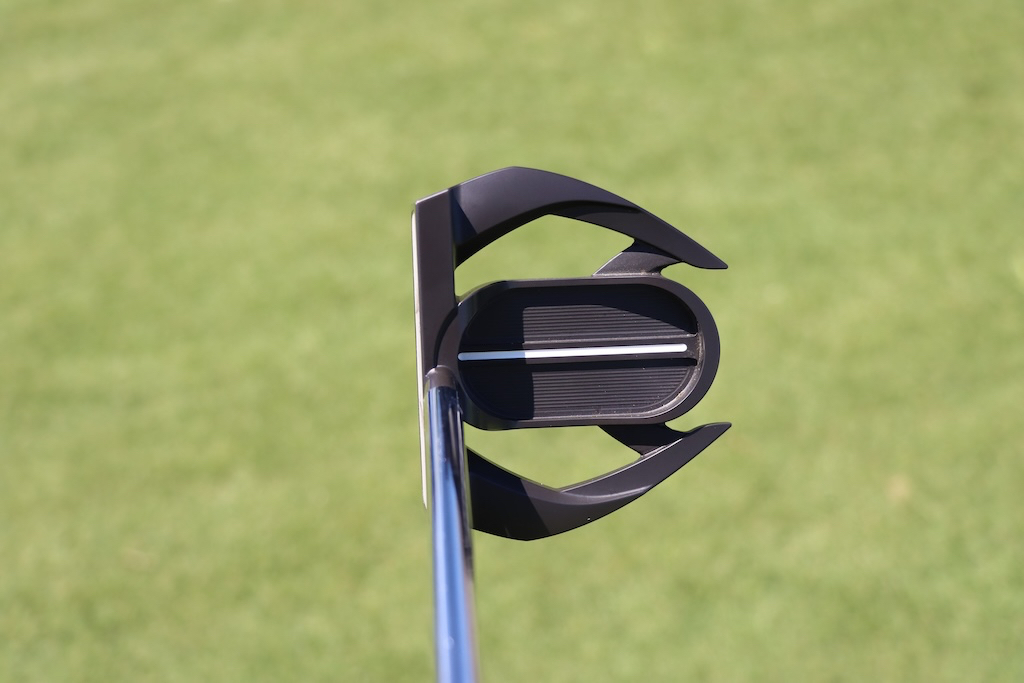
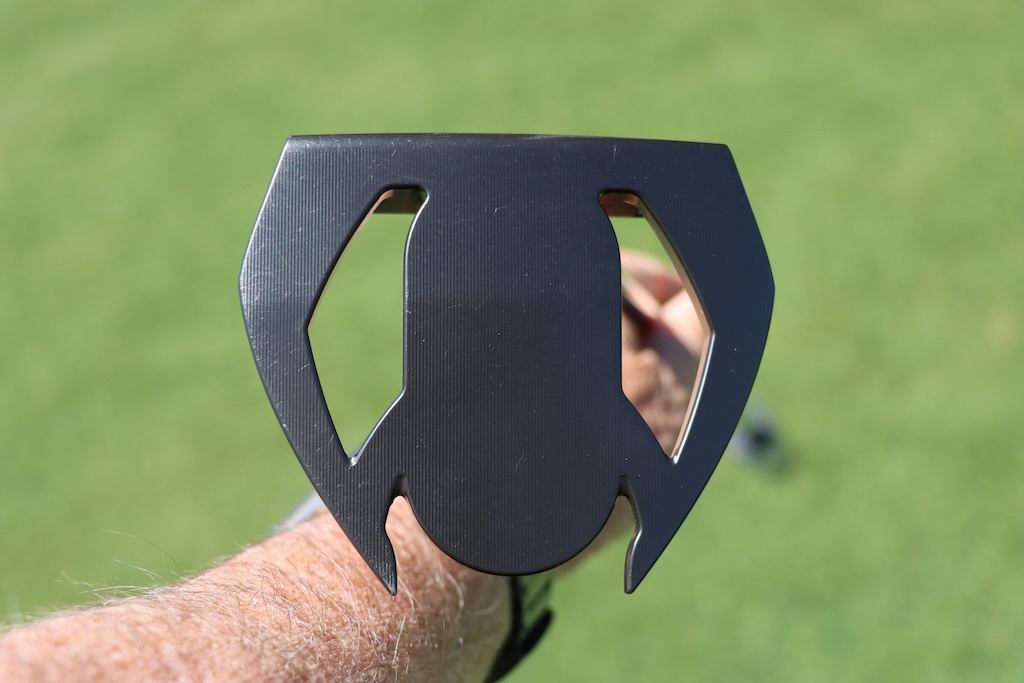
Nick’s putter has the PLD logo on the back but also looks like it might have an insert installed on the face. It is hard to tell but at the address picture, it looks like the face is a lighter material than the rest of the putters. The putter is center-shafted and should be face-balanced with a high MOI for stability and forgiveness on mishits. The sole is completely milled and has no markings of name or technologies that might be present in the head. A single white site line is on the top of the putter for alignment.
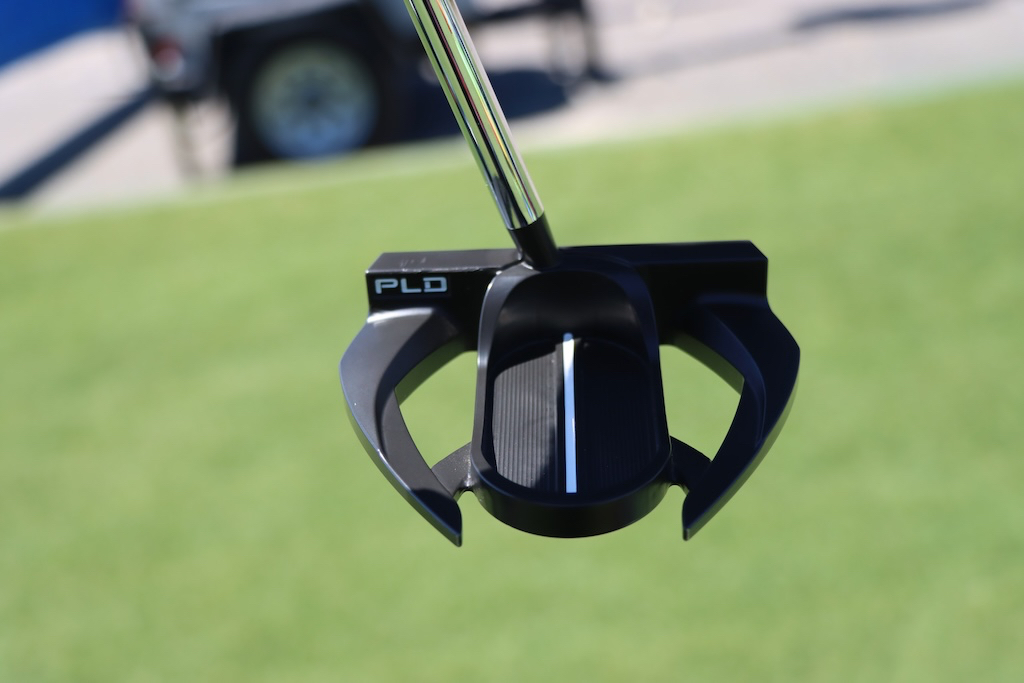

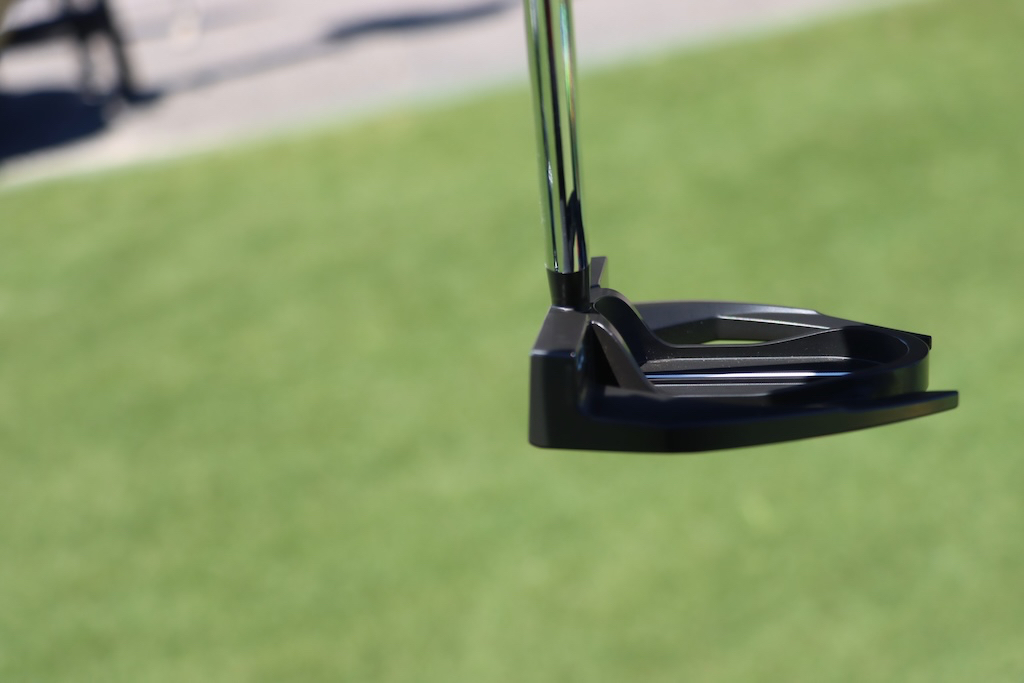
Nick’s putter is finished off with a chrome steel shaft and a Super Stroke Zenergy Flatso 2.0 grip in black and white.
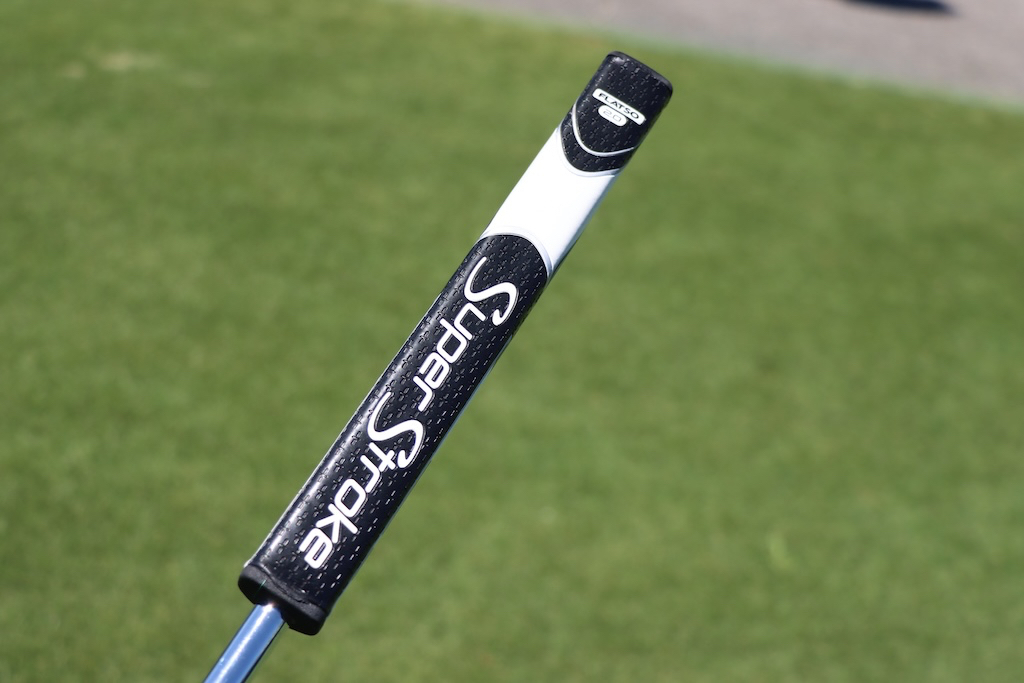
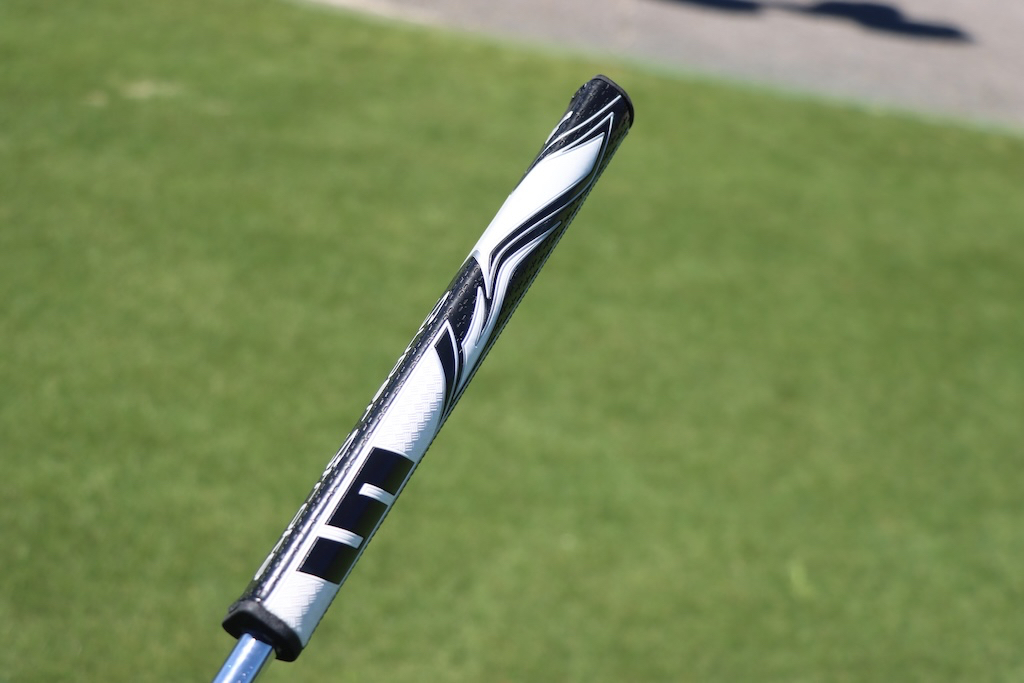
- Check out the rest of our photos from the 2024 Zurich Classic
- LIKE0
- LEGIT0
- WOW0
- LOL0
- IDHT0
- FLOP0
- OB0
- SHANK0
-

 19th Hole2 weeks ago
19th Hole2 weeks agoDave Portnoy places monstrous outright bet for the 2024 Masters
-

 19th Hole2 weeks ago
19th Hole2 weeks agoTiger Woods arrives at 2024 Masters equipped with a putter that may surprise you
-

 19th Hole1 day ago
19th Hole1 day ago‘Absolutely crazy’ – Major champ lays into Patrick Cantlay over his decision on final hole of RBC Heritage
-

 19th Hole3 weeks ago
19th Hole3 weeks agoReport: Tiger Woods has ‘eliminated sex’ in preparation for the 2024 Masters
-

 19th Hole1 week ago
19th Hole1 week agoTwo star names reportedly blanked Jon Rahm all week at the Masters
-

 19th Hole1 week ago
19th Hole1 week agoReport: LIV Golf identifies latest star name they hope to sign to breakaway tour
-

 19th Hole1 week ago
19th Hole1 week agoNeal Shipley presser ends in awkward fashion after reporter claims Tiger handed him note on 8th fairway
-

 19th Hole1 day ago
19th Hole1 day agoJustin Thomas on the equipment choice of Scottie Scheffler that he thinks is ‘weird’

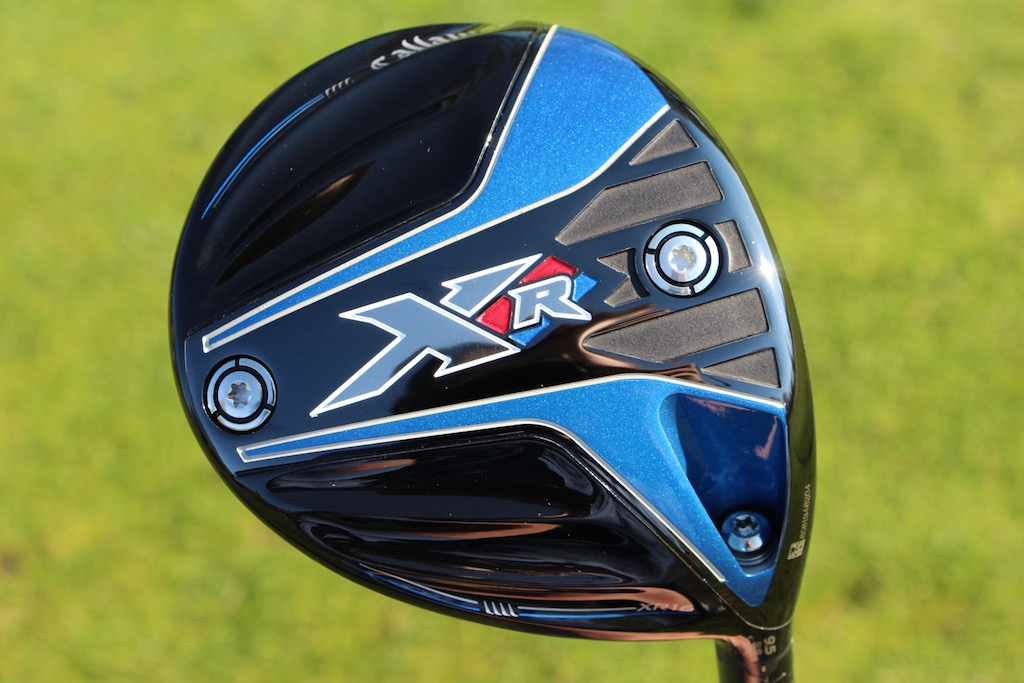
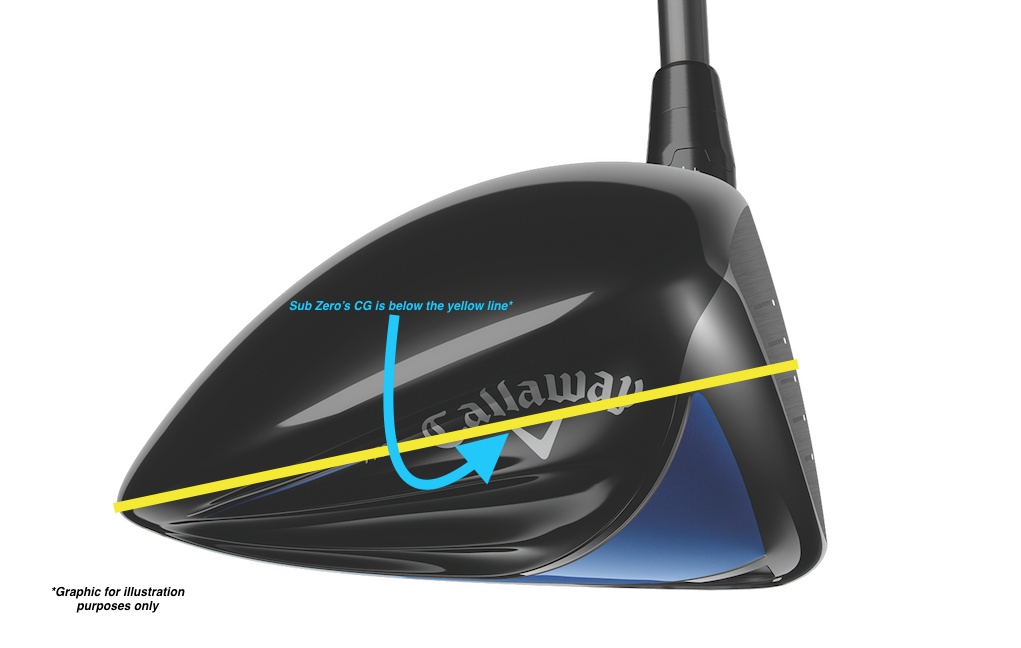
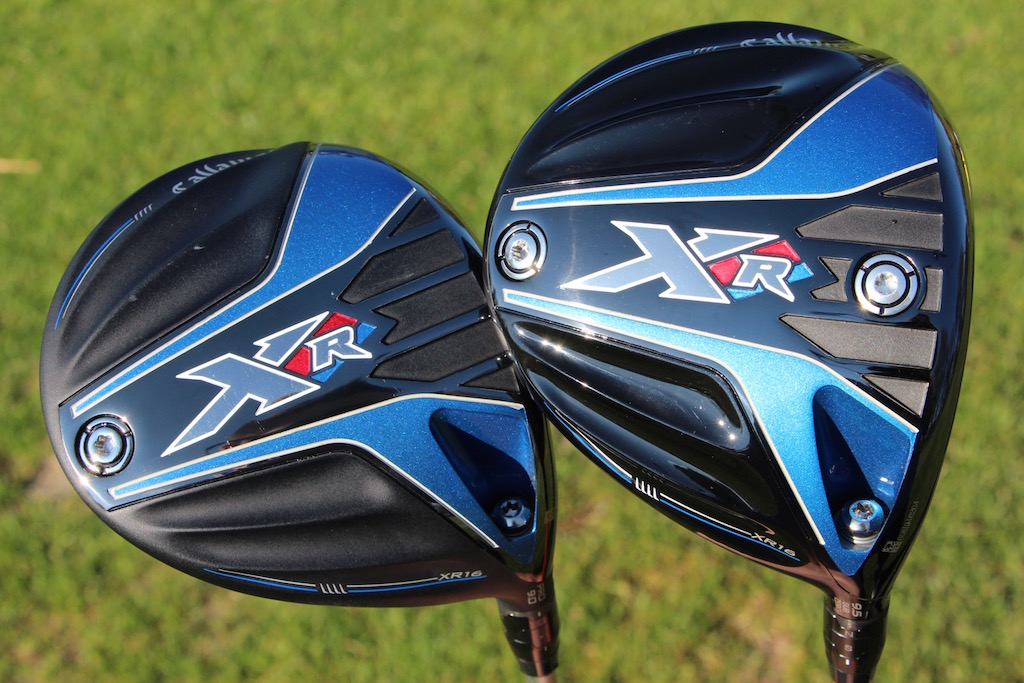


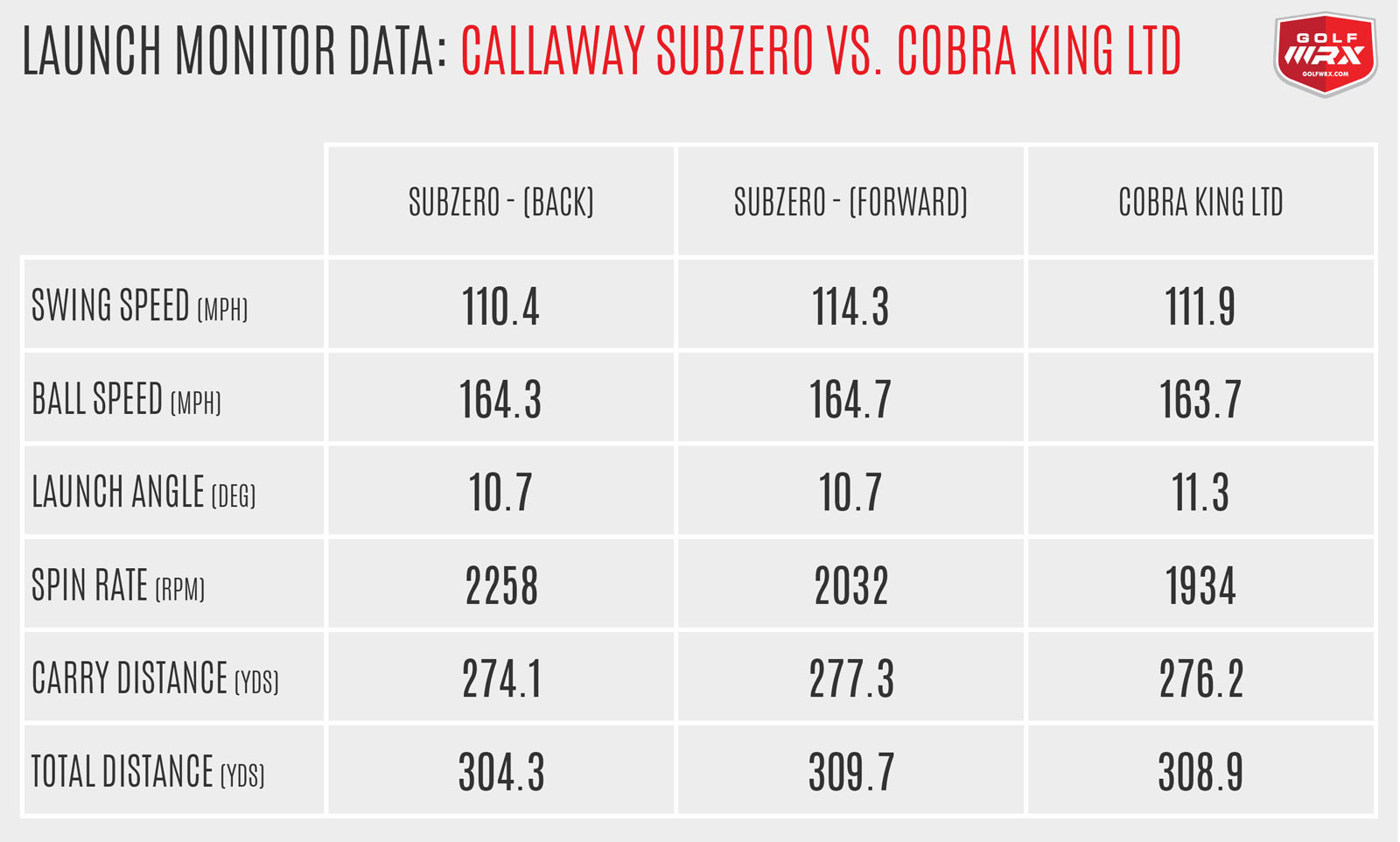
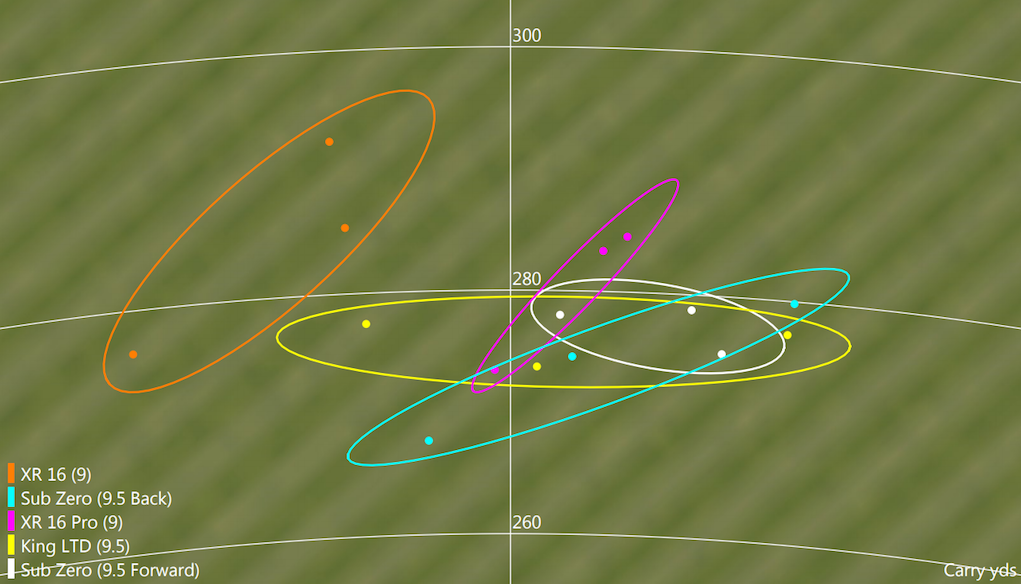


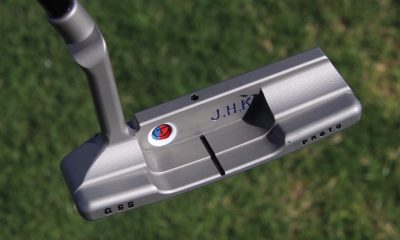



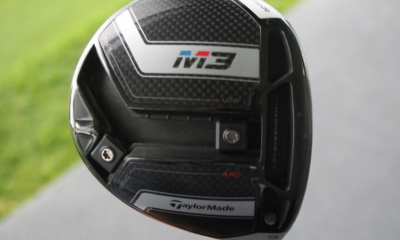

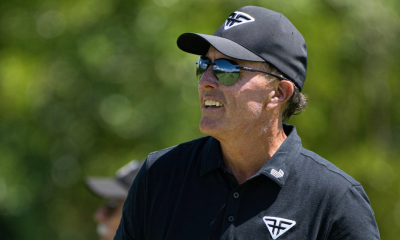



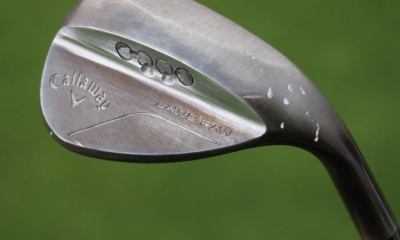













p atrick,connell
Nov 28, 2016 at 4:31 pm
why are thare no prices mentioned,,also no shipping costs mentioned,,in English currency,might help .thank you.ps, I only use G clubs and driver,aged 72,approx 20 handicapper is the xr 16 any good for me
Corey
May 11, 2016 at 4:56 pm
You need to try this driver with a qualified fitter. I run a Callaway Performance Center and I am selling quite a few of these to players who are not tour caliber. It is not as hard to hit as this article states. It’s all about the numbers and this is one of the best heads I have ever seen.
Corey, PGA
Master Club Fitter
JJVas
May 6, 2016 at 11:59 am
Thanks for this!!! I was ogling the Sub Zero for awhile and finally hit it indoors on a FS. My specs are very similar to yours, and the gamer is still a 9.0* XR Pro (played at 8.0*). I really liked the SZ, and i actually played the Cobra LTD Pro for a month, but neither was the combination of fast, somewhat forgiving, and consistent as the XR Pro for me. Question for you guys… does any XR Pro fan see a really worthwhile difference between the XR Pro and the XR Pro 16? Just wondering. The look of the new head is a little… um… yeah…
joro
May 6, 2016 at 11:58 am
I would say it is just another Money maker for Callaway and nothing special. Not the Driver for anyone and especially not Phil who can’t hit many fairways to begin with. Who says it is not good to hit the short grass. With my RX16 I average 12 a round. Very easy to hit.
Rob
May 6, 2016 at 10:56 am
“I’ll admit, I’m probably not consistent enough to play the Callaway XR 16 Sub Zero.” Very surprised a 1 handicap golfer that played in college can say something like this.
Brad
May 5, 2016 at 12:54 pm
“I am a 1-handicap, former college golfer coming off a winter of not hitting many range balls.”
^Us Midwestern WRXers know this pain all too well
CTGolfer
May 5, 2016 at 12:26 pm
High speed players…………what does that mean? 100mph? 105? 110+………….what is the industry standard definition on high speed player?
TR1PTIK
May 5, 2016 at 2:04 pm
I’m thinking you’re looking at players with a swing speed of 110+. My swing speed averages around 105 and I still need a bit more spin than sub zero provides to get maximum distance.
Sq
May 6, 2016 at 11:50 am
Quiet, you little girl
Wow.....
Nov 13, 2016 at 10:04 pm
Hahahahahaha